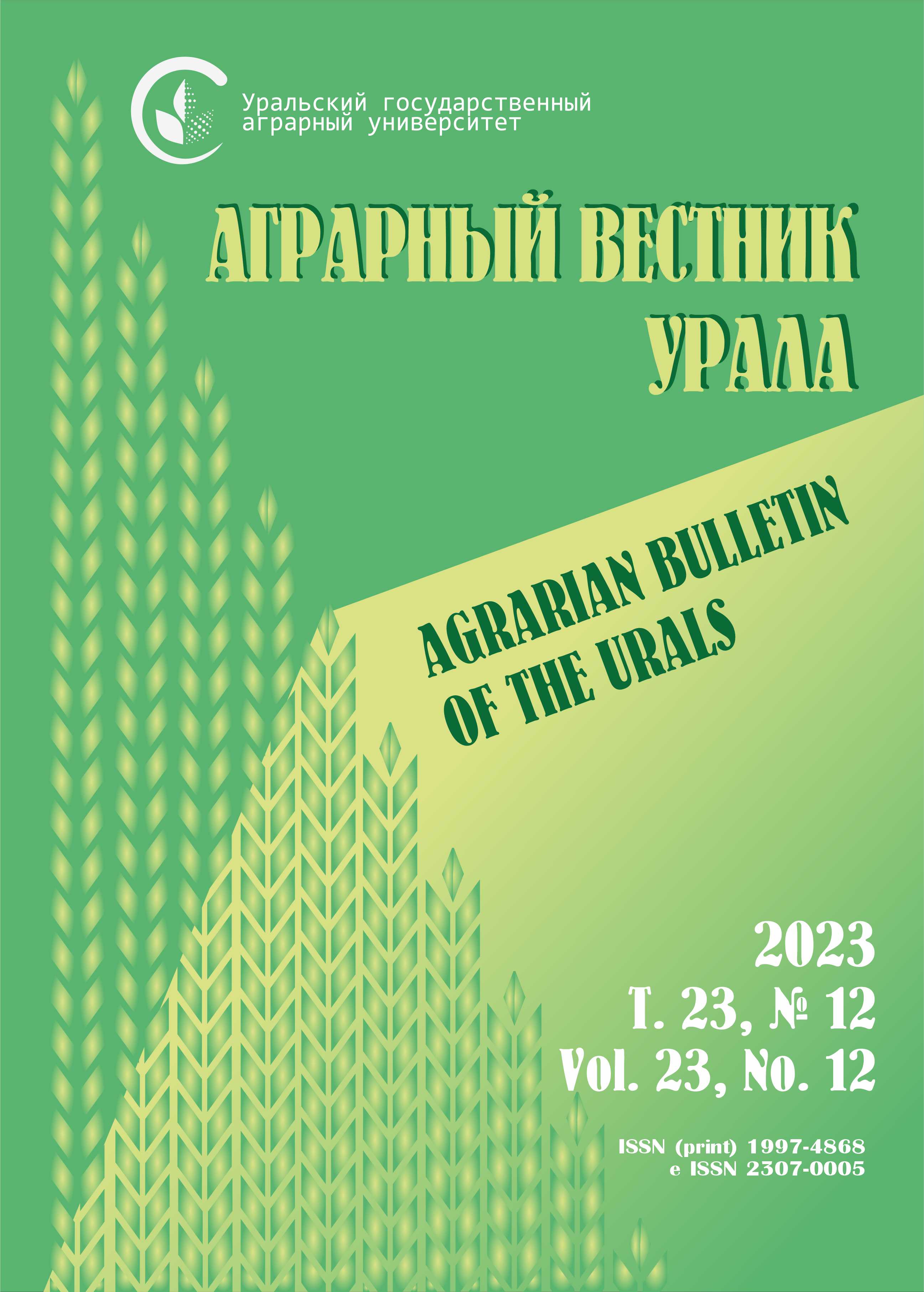Abstract. The purpose of the research is to determine the role of participants involved in data preparation under controlled and uncontrolled conditions for the development of intelligent systems for phytosanitary monitoring diagnostics, as well as to propose an architecture for their interaction at different levels of grain production The methodological basis of the study was the process and system approaches. The scientific novelty lies in substantiating the rational interrelation of participants in the process of data collection and preparation under different conditions. Results. The correlation between the main monitoring tasks and machine learning models is presented. An architecture for the interaction of data preparation agents at the individual, regional, and national levels of grain production has been developed. The advantages and disadvantages of implementing the process at each level are listed. The creation of a unified national database is recommended, where information from regional repositories is consolidated to ensure effective monitoring of grain production and make scientifically grounded decisions regarding grain fields management. It is shown that the existence of a central database will allow for scaling of intelligent diagnostic systems and tracking phytosanitary risks in different parts of the country. A number of conceptual elements of the information support methodology for grain production management are proposed, including data collection methods, confidentiality regulations, accessibility standards, data format, quality, and security. The filling and continuous updating of the national information database require significant efforts from specialists and serve as an important element of effective monitoring and decision-making in grain production at the national level. The need for interaction and communication between specialists from different fields is emphasized, as well as the importance of having an information infrastructure to ensure reliability, scalability, security, and accessibility of data.
grain production monitoring, national database, data acquisition conditions, business-process
1. Zyukin D. A., Latysheva Z. I., Skripkina E. V., Lisicyna Yu. V. Rol' cifrovizacii v razvitii zernoproduktovogo podkompleksa APK // Mezhdunarodnyy sel'skohozyaystvennyy zhurnal. 2022. № 1 (385). S. 94-98. DOI:https://doi.org/10.55186/25876740_2022_65_1_94. EDN: https://elibrary.ru/YOVNBB
2. Skvorcov E. A. Perspektivy primeneniya tehnologiy iskusstvennogo intellekta v sel'skom hozyaystve regiona // Ekonomika regiona. 2020. T. 16. Vyp. 2. S. 563-576. DOI:https://doi.org/10.17059/2020-2-17. EDN: https://elibrary.ru/AGRYME
3. Smirnov E. N., Luk'yanov S. A. Formirovanie i razvitie global'nogo rynka sistem iskusstvennogo intellekta // Ekonomika regiona. 2019. T. 15. Vyp. 1. S. 57-69. DOI:https://doi.org/10.17059/2019-1-5. EDN: https://elibrary.ru/MWOTZQ
4. Arinichev I. V., Sidorov V. A., Arinicheva I. V. Intellektual'nye tehnologii fitosanitarnoy diagnostiki ekosistem: neyrosetevoy podhod // Trudy KubGAU. 2022. Vyp. 99. S. 66-70. DOI: https://doi.org/10.21515/1999-1703-99-66-70; EDN: https://elibrary.ru/HUTIPJ
5. Petuhova M. S., Agafonova O. V. Teoretiko-metodologicheskiy fundament cifrovoy transformacii sel'skogo hozyaystva Rossii: bazovye ponyatiya i etapy // Agrarnyy vestnik Urala. 2023. № 04 (233). S. 79-89. DOI:https://doi.org/10.32417/1997-4868-2023-233-04-79-89. EDN: https://elibrary.ru/HCYKDP
6. Generalov I. G., Gubanova E. V., Losev A. N. Cifrovaya transformaciya zernovogo hozyaystva regiona // Vestnik NGIEI. 2022. № 5 (132). S. 104-112. DOI:https://doi.org/10.24412/2227-9407-2022-5-104-112. EDN: https://elibrary.ru/LDDWWK
7. Al't V. V., Isakova S. P., Balushkina E. A. Vybor tehnologiy v rastenievodstve: podhody i metody, primenyaemye v informacionnyh sistemah // Vestnik Kazanskogo gosudarstvennogo agrarnogo universiteta. 2020. № 1. S. 52-58. DOI: https://doi.org/10.12737/2073-0462-2020-52-58; EDN: https://elibrary.ru/JAWJKV
8. Truflyak E. V., Kurchenko N. Yu., Kreymer A. S. Tochnoe zemledelie: sostoyanie i perspektivy. Krasnodar: KubGAU, 2018. 27 s.
9. Yanishevskaya N. A., Bolodurina I. P. Primenenie tehnologiy komp'yuternogo zreniya dlya razrabotki modeli raspoznavaniya porazheniya kul'turnyh rasteniy // Vestnik Yuzhno-Ural'skogo gosudarstvennogo universiteta. Seriya: Komp'yuternye tehnologii, upravlenie, radioelektronika. 2021. T. 21. № 3. S. 5-13. DOI: https://doi.org/10.14529/ctcr210301; EDN: https://elibrary.ru/LHLMBD
10. Brahimi M., Arsenovic M., Sladojevic S., Laraba S. Deep learning for plant diseases: detection and daliency map visualization // Human and Machine Learning / J. Vanderdonckt, Q. Vera Liao (eds.). 2018. Pp. 93-117.
11. Fuentes A., Soon Y. Robust deep-learning-based detector for real-time tomato plant diseases and pests recognition // Sensors. 2017. No. 17 (9). DOI:https://doi.org/10.3390/s17092022.
12. Zhang S., Huang W., Zhang C. Three-channel convolutional neural networks for vegetable leaf disease recognition // Cognitive Systems Research. 2019. Vol. 53. Pp. 31-41.
13. Uzhinskiy A. V., Ososkov G. A., Goncharov P. V., Nechaevskiy A. V., Smetanin A. A. One-shot learning with triplet loss for vegetation classification tasks // Computer Optics. 2021. No. 45 (4). Pp. 608-614. DOI: https://doi.org/10.18287/2412-6179-CO-856; EDN: https://elibrary.ru/AHHATZ
14. Arinichev I. V., Polyanskikh S. V., Volkova G. V., Arinicheva I.V. Rice fungal diseases recognition using modern computer techniques // IJFIS. 2021. Vol. 21. No. 1. DOI:https://doi.org/10.5391/IJFIS.2021.21.1.1 EDN: https://elibrary.ru/CPIVQC
15. Polyanskikh S. V., Arinicheva I. V., Arinichev I. V., Volkova G. V. Autoencoders for semantic segmentation of rice fungal diseases // Agronomy Research. 2021. Vol. 19. No. 2. Pp. 574-585. DOI: https://doi.org/10.15159/AR.21.019; EDN: https://elibrary.ru/HXGTKF









